Rooting inflation out of the U.S. economy won’t be quick, and it won’t be easy for the Federal Reserve, according to former Treasury Secretary Larry Summers.
However, Summers believes that the better number is somewhere between 5 percent and 5.5 percent.
“Most of us have learned that [when] the doctor prescribes you a course of antibiotics and you stop taking the course when you feel better rather than when the course prescribed is over, your condition is likely to reoccur. And it’s likely to be more difficult to eradicate the next time because the bacteria have become more resistant,” he said.
‘Implausibly Optimistic’
In a Twitter thread last week, Summers described the Fed’s dot-plot as “implausibly optimistic.” He explained that he doesn’t anticipate the core Personal Consumption Expenditures (PCE) price index falling to 2 percent and unemployment peaking at 4.4 percent.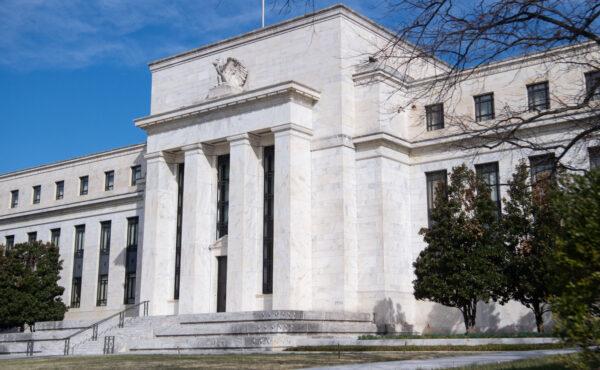
“Their forecast would for me be the optimistic tail of the distribution,” he wrote. “Happy to bet anyone that we see six months of unemployment above 5 [percent] before we see six months of inflation below 2.5 [percent].”
Summers also recommended that the central bank “consider the idea of TMI” [too much information]. He questioned if hour-long press conferences addressing hypotheticals and the unforecastable with gyrating financial markets in the background keep the Fed’s credibility intact.
He has been a vocal critic of President Joe Biden’s pandemic-era stimulus and relief spending.
“But given the commitments the Fed has made, administration officials’ dismissal of even the possibility of inflation, and the difficulties in mobilizing congressional support for tax increases or spending cuts, there is the risk of inflation expectations rising sharply,” he wrote.
Overtightening or Pullback?
Is there any hint that the Fed might ease its quantitative tightening cycle? During a press conference after the meeting of the Federal Open Market Committee, Fed Chair Jerome Powell offered investors a modicum of hope, telling reporters that “at some point, it likely will become appropriate to slow the pace of increases.”At the same time, multiple central bank officials noted that the Fed would need to raise rates and keep them there higher for longer until there’s sufficient evidence that inflation is coming down. Fed Vice Chair Lael Brainard said reviving price stability is the central bank’s chief objective, although she also discussed the risks of overtightening and pulling back too soon.
But the survey also revealed that there’s heightened concern that the Fed will overdo quantitative tightening and trigger a recession.
“I’m fearing they are on the cusp of going overboard with the aggressiveness of their tightening, both in terms of the size of the hikes along with [quantitative tightening] and the speed at which they are doing so,” Peter Boockvar, chief investment officer of Bleakley Financial Group, wrote in response to the survey.
The odds of a recession over the next 12 months stood at 52 percent, unchanged from the previous survey in July.
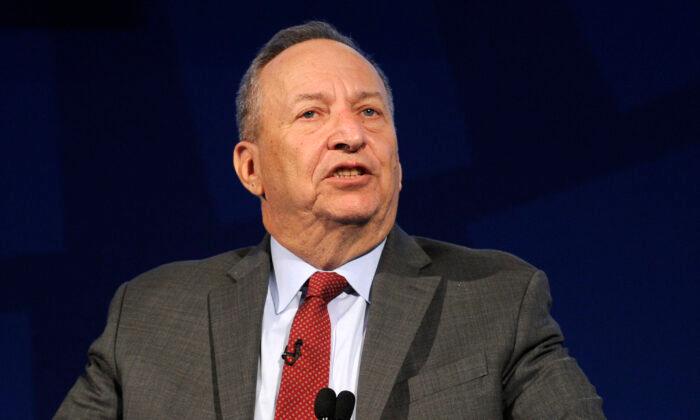

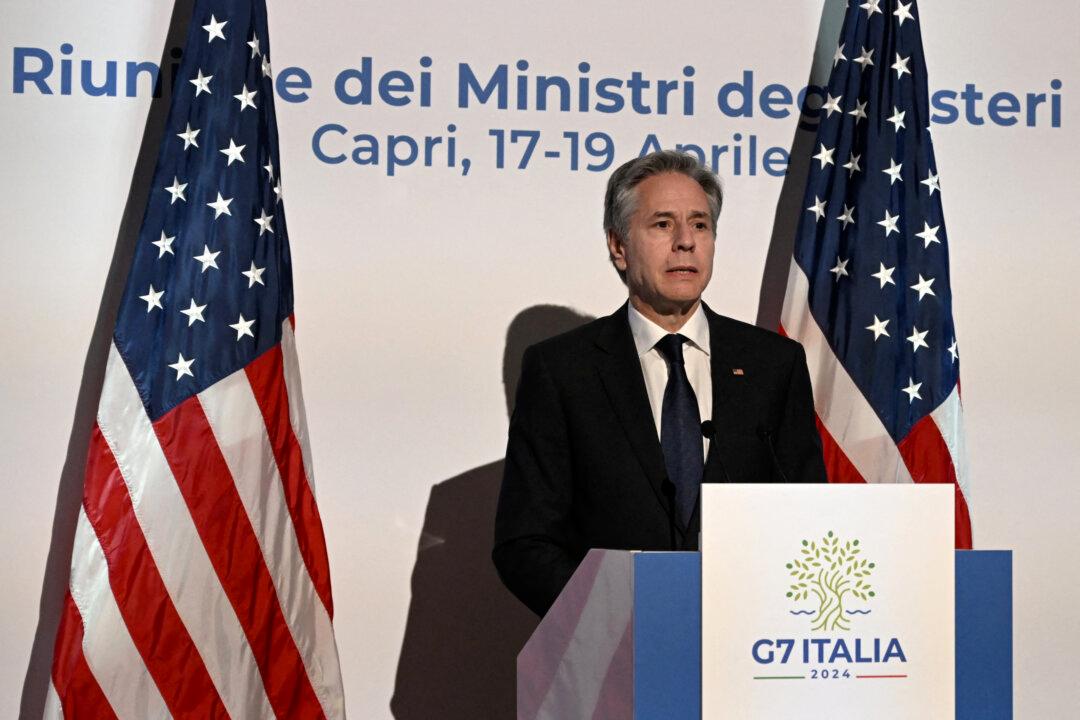
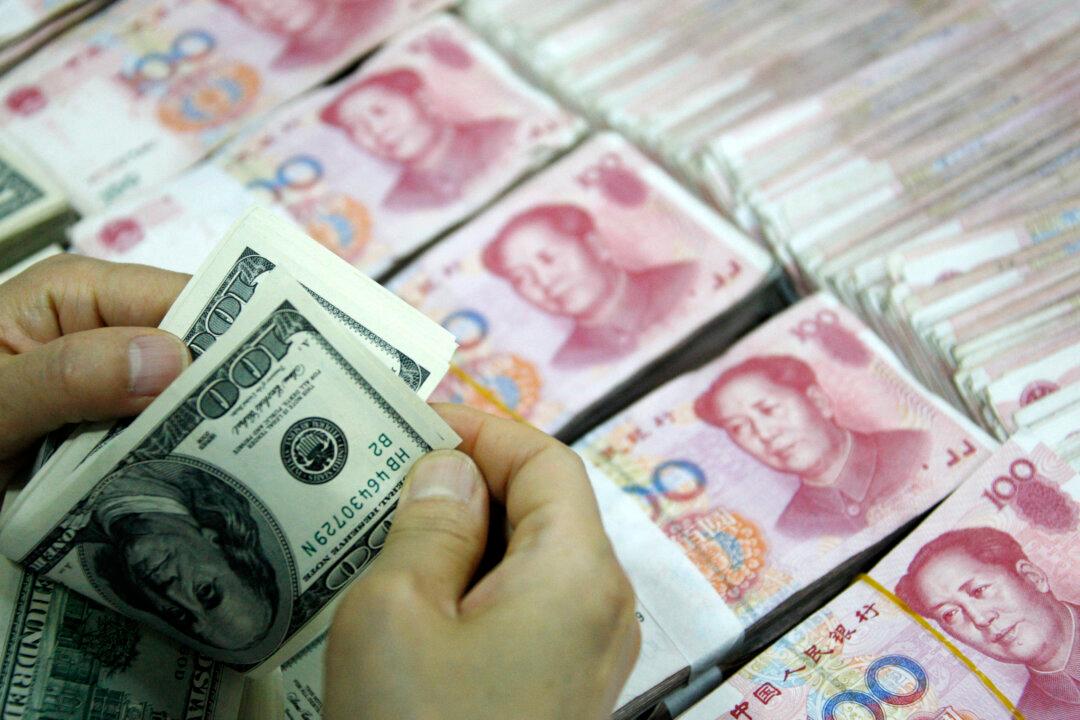
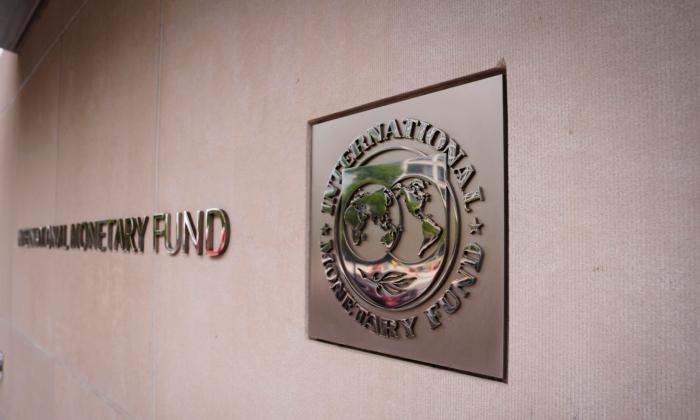
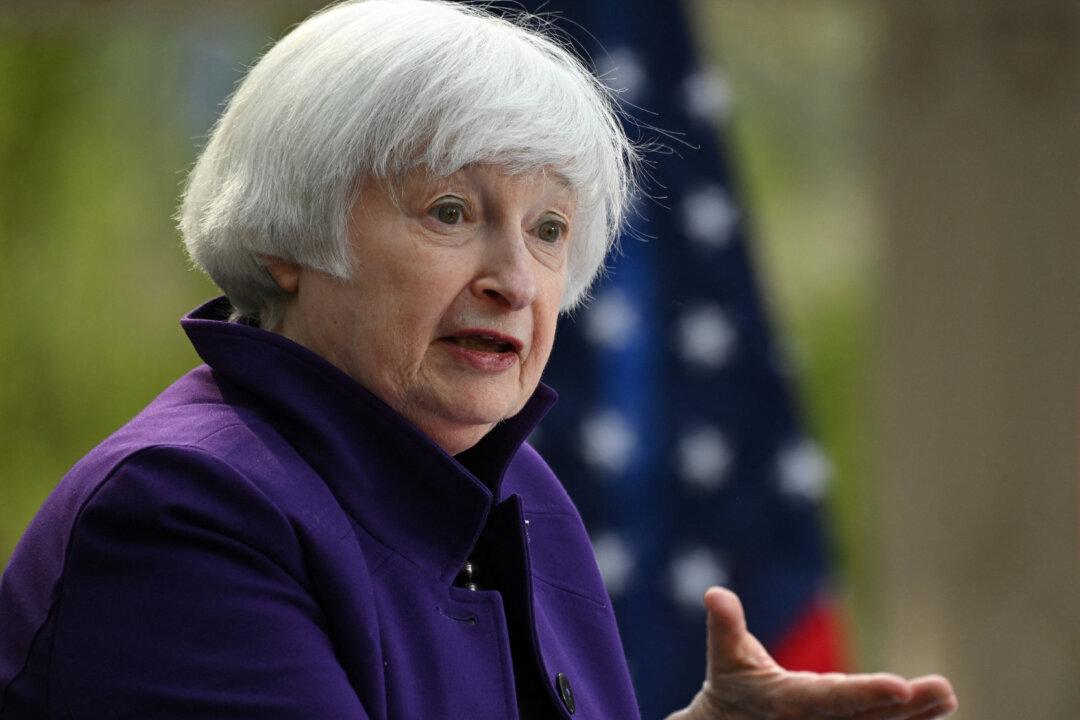
Friends Read Free